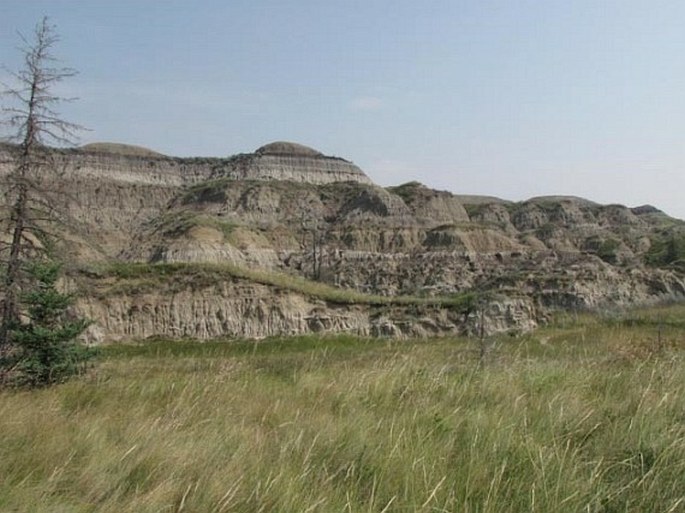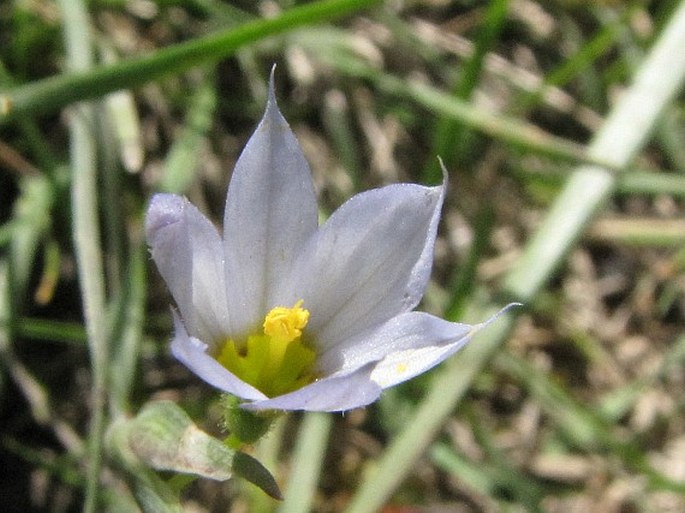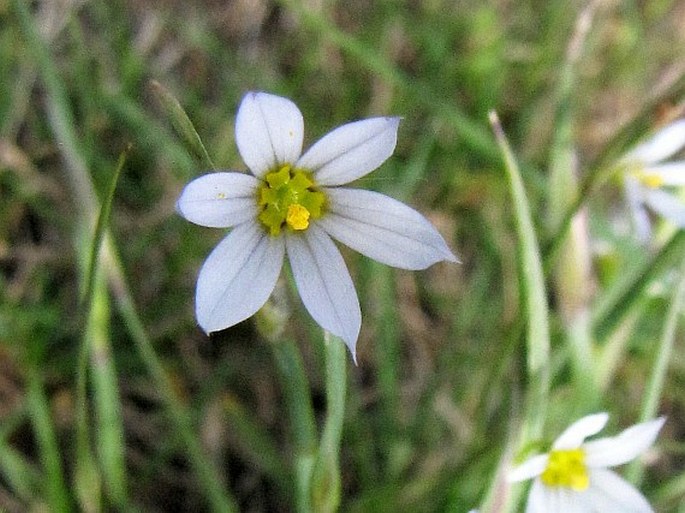Syn.: Bermudiana septentrionalis (E. P. Bicknell) Lunell
Family: Iridaceae Juss.

Distribution: West of North America. Found in southwest Canada, in southern Alberta and Saskatchewan and in southeast of British Columbia. Marginally it is present in states of Washington, Idaho and Montana. Some sources report it even in Northwest Territories. Collections reported even in Belarus and Ukraine and if it is verifiable then it must be introduced.
Ecology: Grows in meadows, banks of streams, often in gravelly soil, in elevations from 500 to 1600 m. Blooms in summer.

Description: Perennial herb, up to 45 cm tall. Stems single, flattened, 0.8–2 mm thick, leaves are grass-like blades, smooth. Inflorescence terminal, borne singly, bract spathe-like, green; keel slightly denticulate; flowers hexamerous, tepals pale blue to light bluish violet, rarely white, aristate, throat yellow, 8–9.1 mm across. Fruit is a capsule, beige to light brown, globose, 3.5 mm, pedicel spreading to erect. Seeds globose to obconic.
Note: Name Sisyrinchium goes back to ancient Greece when Theophrastus (371–286 BC) named a similar plant this way.


These images were taken in Canada, Alberta, North Weaselhead and Horseshoe Canyon (June 2012).


